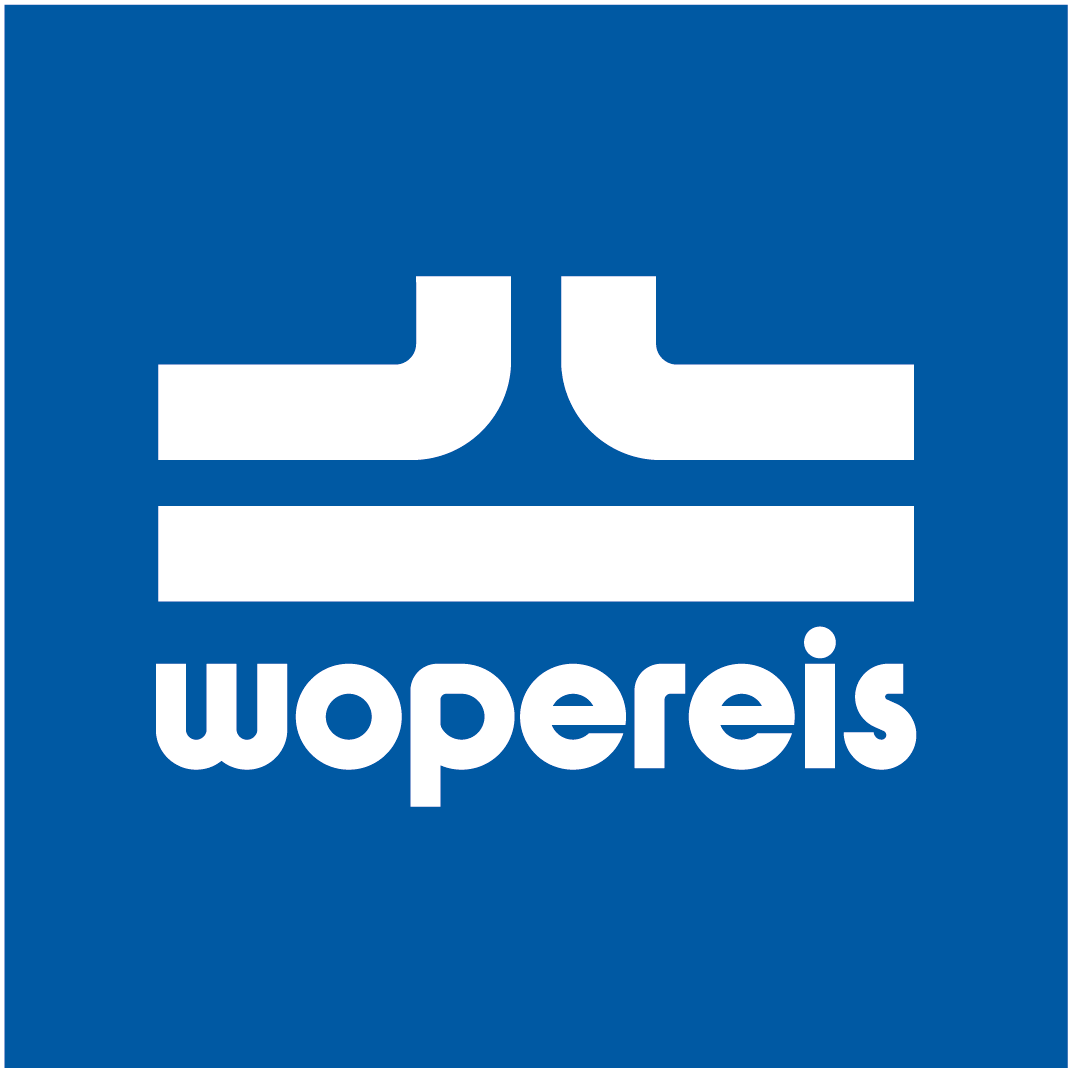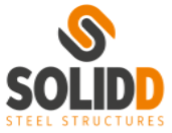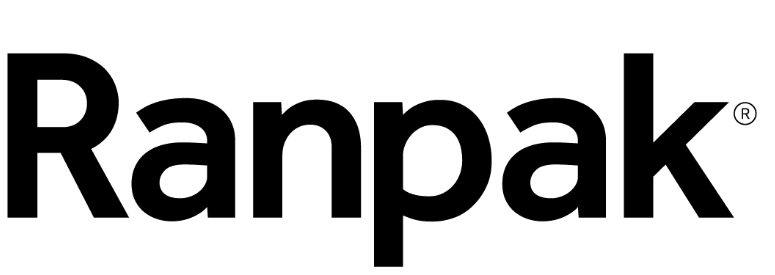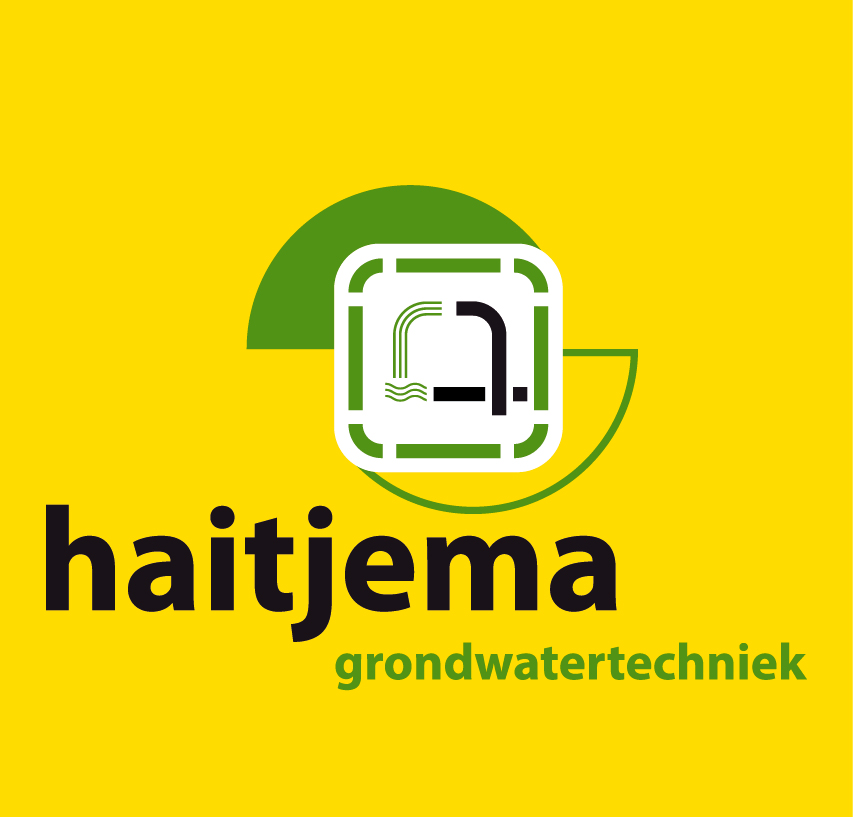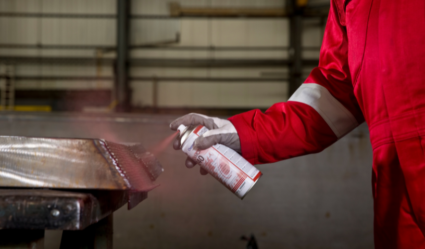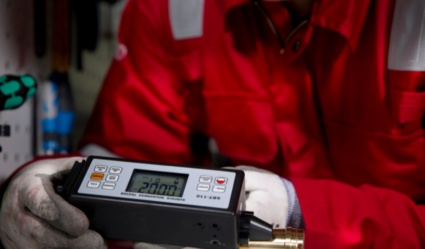10+ jaar ervaring
Altijd snel resultaat
Inclusief adviesrapport
ISO 9001:2015 & VCA* gecertificeerd
Snel duidelijkheid over de samenstelling van je materiaal
Met een OES-meting weet je precies wat de chemische samenstelling is van het metaal waar je mee werkt. Dat is bijvoorbeeld nodig om aan je opdrachtgever te bewijzen dat je corrosievast materiaal of de juiste lasdraad hebt gebruikt.
Zonder OES-meting kun je achteraf te maken krijgen met hoge kosten voor het repareren of vervangen van onderdelen. In ons gratis adviesrapport lees je bovendien ook hoe je in het vervolg problemen voorkomt.
- Mogelijk om koolstofequivalent te berekenen
- Standaard op locatie uitgevoerd
- Inclusief helder adviesrapport
- Meten van allerlei legeringen
- Voorkomt foutieve werkwijze
Tevreden klanten:
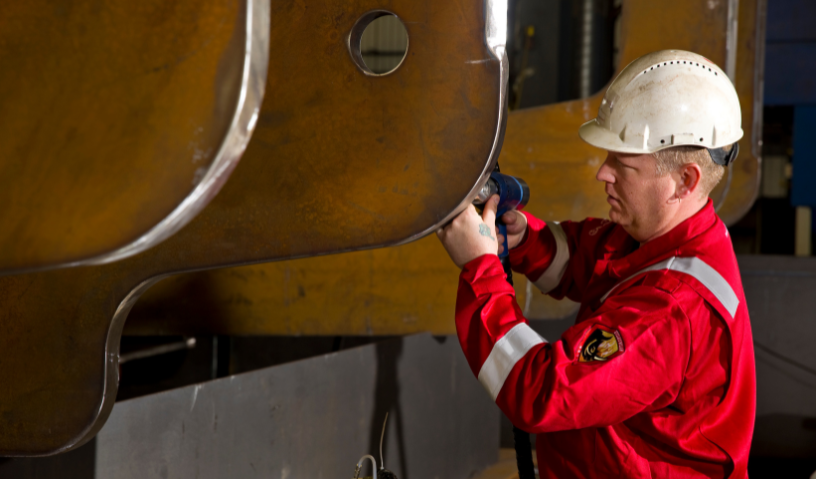
OES-meting nodig?
Duidelijkheid over de samenstelling van je materiaalVoordelen van OES-meting
Een OES-meting heeft een aantal voordelen ten opzichte van andere methoden om de chemische samenstelling van een materiaal te bepalen.
Het belangrijkste voordeel van een OES-meting is dat het koolstofequivalent berekend kan worden. Dit is niet mogelijk bij andere methoden. Daarnaast meten we ook legeringen met aluminium, nikkel, chroom of koper, dus een OES-meting is breed inzetbaar, maar soms zetten we liever een XRF-analyse in. Dankzij onze mobiele meetapparatuur voeren we de meting ook op locatie en op lastig te bereiken plekken uit. Het is ook geen probleem om in onze werkplaats langs te komen.
Om een nauwkeurige meting uit te voeren, behandelen we het meetoppervlak. De meting zelf is zo goed als niet-destructief en heeft geen impact op de constructie: we vonken alleen een zeer kleine hoeveelheid metaal af.
Met een OES-meting weet je precies met welk materiaal je moet werken. Je voorkomt een foute werkwijze en dus hoge reparatiekosten. Je weet ook of je eventueel extra voorzorgsmaatregelen moet treffen. Een OES-meting wordt ook gebruikt als er discussie ontstaat over het wel of niet gebruiken van een voorgeschreven materiaal.
- Mogelijk om koolstofequivalent te berekenen
- Meten van allerlei legeringen
- Onderzoek op locatie
- Voorkomt foutieve werkwijze
- Laat nauwelijks sporen na
Hoe werkt een OES-meting?
Met een mobiele spectograaf brengen we een atoom in een zogenaamde aangeslagen toestand. Daarbij zendt het straling uit, die de spectograaf kan meten. Door de frequenties van en hoeveelheid straling vast te stellen, bepaal je de chemische samenstelling. We kunnen de aanwezigheid van allerlei elementen meten, bijvoorbeeld koolstof, silicium, mangaan, nikkel, koper, wolfraam en ijzer.
Voor welke branches?

Grond-, weg- & waterbouw
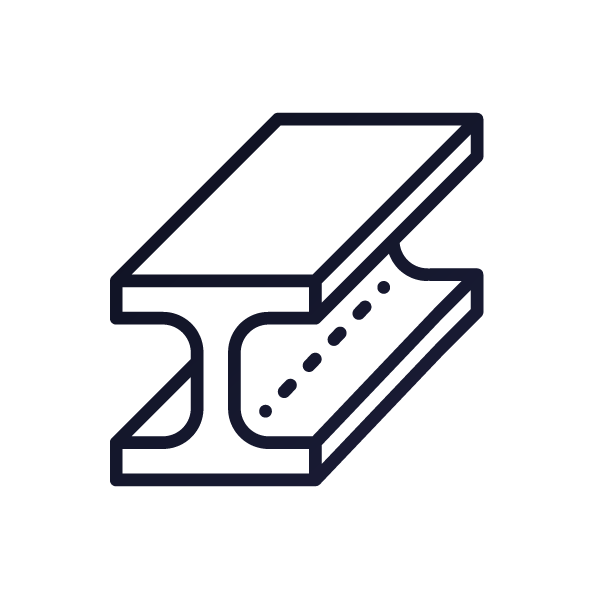
Staalbouw & constructie

Machinebouw
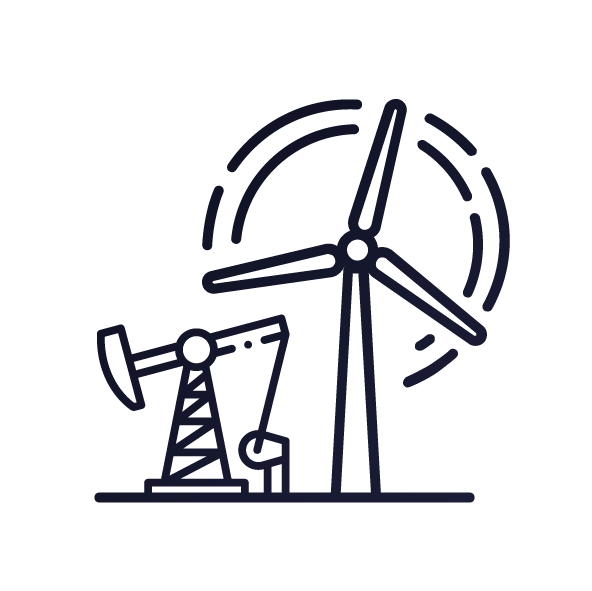
Olie, gas & wind
Een OES-meting biedt uitkomst bij het werken met onbekende metalen.
- Reparatie van oudere infrastructuur, zoals oude bruggen
- Verwerkers van roestvast staal, om koolstofgehalte te bepalen
- Bij het gebruik van damwanden waarvan de exacte chemische samenstelling niet helder is.
- Helpt bij het sorteren van soorten rvs zonder certificaat.
Veelgestelde vragen over OES-meting
-
Is een OES-meting ook mogelijk op locatie?
Ja, we hebben mobiele meetapparatuur waarmee we 4 uur achter elkaar kunnen meten. Is er een 220 volts-aansluiting, dan is er geen tijdslimiet.
-
Kan ik een materiaalcertificaat krijgen na een OES-meting?
Nee, maar je krijgt per meting een rapport van de OES-meting waar alle gemeten elementen in staan.
-
Kun je het koolstofequivalent bepalen met een OES-meting?
Ja. We meten elementen die eventueel ontbreken op het materiaalcertificaat en kunnen zo het koolstofequivalent berekenen.
-
Kan ik extra elementen laten meten, of alleen een standaard selectie?
We kunnen allerlei elementen voor je meten en bedenken graag een maatwerkoplossing voor je.

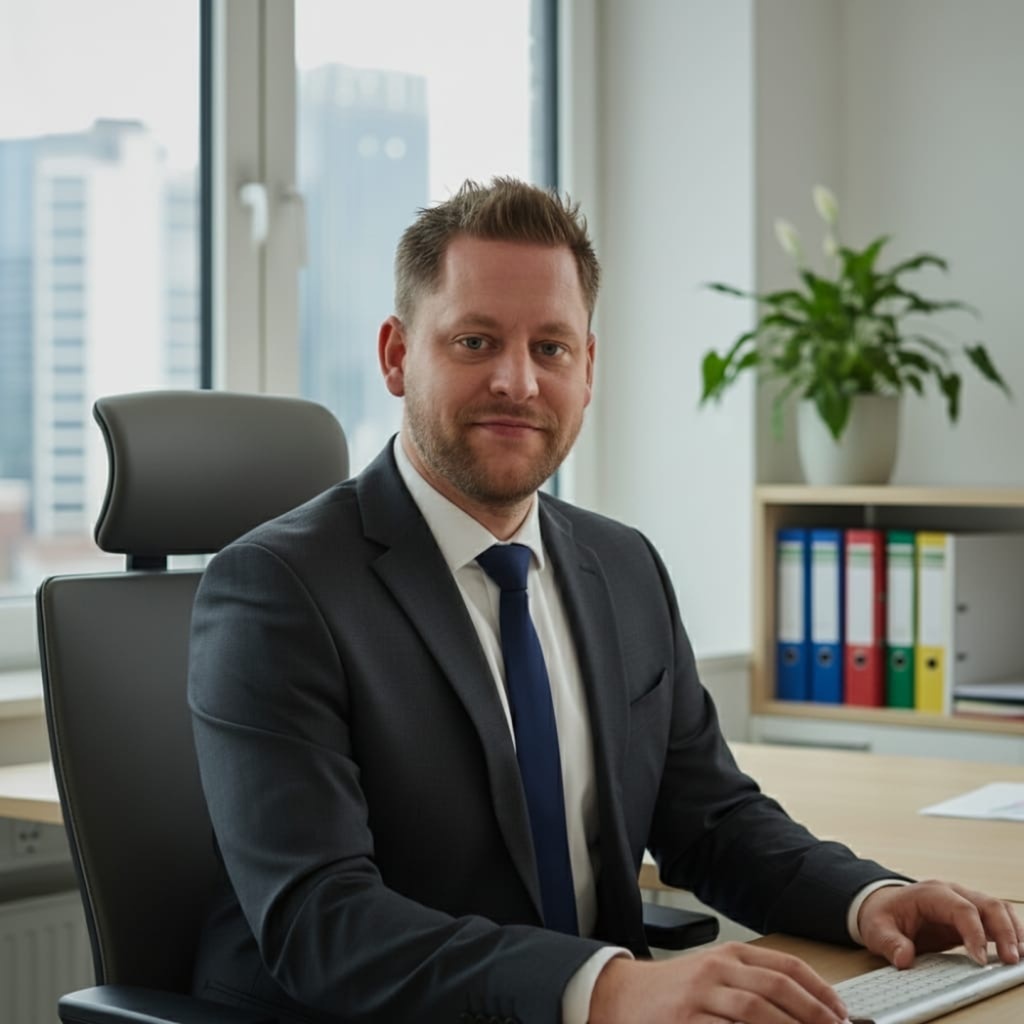

Gratis offerte
aanvragen
voor een OES-meting
Ook interessant
Verlaag reparatiekosten en voorkom te late oplevering

